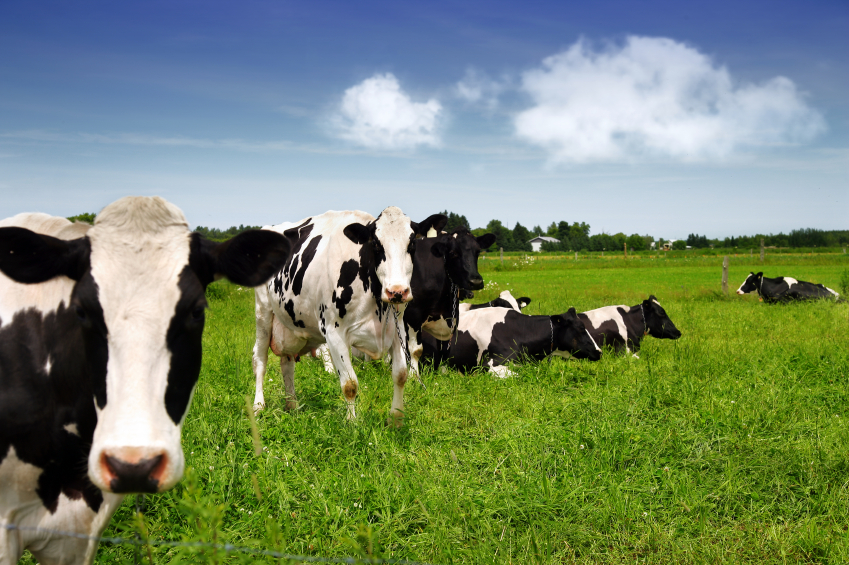Scientists look at mitochondria for their anti-aging potential on muscles
03/09/2020 / By Darnel Fernandez

Muscle loss, known scientifically as sarcopenia, is a disease associated with the aging process. This condition causes a loss of muscle mass and strength, which eventually leads to a loss of balance, a weakened ability to perform daily tasks, and an overall decrease in the general quality of one’s life. Thankfully, new evidence suggests that the mitochondria — the powerhouse of the cell — may hold the key to slowing down muscle decline caused by aging.
A study published in The FASEB Journal found that dysfunction of the mitochondria can harm muscle health and eventually lead to atrophy or wasting away.
“Mitochondrial dysfunction is a key feature of several muscle diseases, but treatments are currently limited,” said study author Dr. Timothy Etheridge.
The key to slowing muscle decline
Researchers from the University of Exeter, alongside the University of Nottingham, in the U.K. and Tohoku University in Japan, aimed to explore the role of mitochondrial dysfunction in muscle cell deterioration. They analyzed data on a species of worm called Caenorhabditis elegans — which was previously used on another muscle study in the International Space Station due to the worms’ muscle cells having similarities to those of humans.
For this study, the researchers administered experimental drugs on C. elegans to inhibit certain enzymes that degrade collagen, the results of which revealed that limiting these enzymes also suppressed muscle decline caused by dysfunctional mitochondria. The findings show that mitochondrial dysfunction causes calcium to build up in the cells, which, in turn, triggers the aforementioned enzymes that start degrading collagen. Collagen is particularly important because it provides structure to the outside of the cells. Thus, degrading this collage destabilizes the muscle cells, which then results in muscle decline.
Also, the researchers saw the same effect in the worms used to model Duchenne muscular dystrophy, which is known to cause severe muscle weakness.
The researchers suggest that more research is needed. Still, their findings raise the prospect of discovering new therapies that are effective at delaying muscle degradation and atrophy caused by aging and other conditions like Duchenne.
Ways to beat muscle decline
A study published in the journal Osteoporosis International claims that a combination of both exercise and nutritional intervention is one of the best ways to keep muscle decline at bay and improve muscle mass, strength, and physical performance in older people. For example, exercises like resistance training, balance training, and aerobics done regularly can significantly improve your muscle health. Here are a few activities you can try:
- Walking. Something as simple as walking can already be a big help in the fight against muscle decline. A study published in the Journal of Post-Acute and Long-Term Medical Care showed that only six months of walking gave participants increased muscle mass, especially in those who had a low muscle mass, to begin with.
- Resistance training. This type of exercise includes weight lifting, pulling against bands or moving parts of your body against gravity. These focus on increasing tension on your muscle fibers, which, in turn, lead to increased strength. Resistance exercises also speed up the actions of growth-promoting hormones.
- Fitness training. Fitness training focuses on increasing heart rate and includes aerobic exercises and endurance training.
Muscle loss and decline can also be triggered by being deficient in certain nutrients. Aim to get higher doses of essential nutrients like protein, vitamin D, omega-3 fatty acids, and creatine to promote muscle growth and even enhance the beneficial effects of the exercises mentioned above. Protein, in particular, can directly signal muscles to build themselves up and strengthen. However, as people age, they become more resistant to this signal. This shows the importance of eating much more of these nutrients to get the most out of them. (Related: Muscle loss halted with alkaline diet and vitamins.)
Looking for more muscle-boosting strategies? Visit Health.news for similar stories and more.
Sources include:
Submit a correction >>
Tagged Under:
aging, atrophy, Caenorhabditis elegans, collagen, exercise, mitochondria, MItochondrial Dysfunction, muscle decline, muscle health, nutrition, physical fitness, sarcopenia
This article may contain statements that reflect the opinion of the author
RECENT NEWS & ARTICLES
ANTIAGINGSCIENCENEWS.COM is a fact-based public education website published by Anti Aging Science News Com Features, LLC.
All content copyright © 2018 by Anti Aging Science News Com Features, LLC.
Contact Us with Tips or Corrections
All trademarks, registered trademarks and servicemarks mentioned on this site are the property of their respective owners.




















